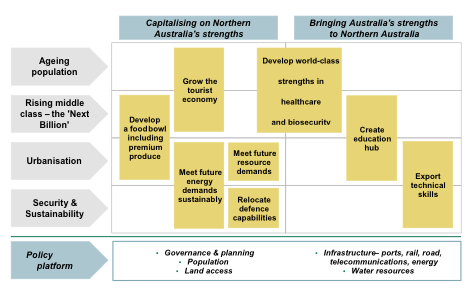5 Australian Mining Stocks Showing Strength
Post on: 4 Июнь, 2015 No Comment

These companies are starting off the Australian fiscal year strong
5 Australian Mining Stocks Showing Strength
TMR: Youre bullish on graphite. How would you compare your view of this sector today to the graphite boom earlier this decade?
LS: In Australia, the boom occurred around May 2012. Some graphite companies and junior explorers really did take off. They then fell just as quickly. Two years later, Australian graphite companies have learned that success depends on end markets: knowing your customers and what kind of graphite they demand. We are still in the early stages of understanding this sector, however, because producing graphite is much more complicated than producing copper cathode or gold bars.
TMR: How much is expected growth in the graphite industry dependent upon popular adoption of the electric car?
LS: Not much, actually. Less than 10% at the moment. However, the sentiment is much stronger than that, and sentiment is what often drives share prices. Graphite company managements are keen to point out that electric vehicles will be very good for graphite. It is worth noting, however, that the evolution of lithium-ion batteries and electric vehicles is ongoing. The materials going into these batteries can and probably will change. Right now, less than 5% of graphite production goes into lithium-ion, but there is potential for that to increase considerably.
TMR: Will Elon Musks Gigafactory for Tesla (TSLA ) advance the graphite market appreciably?
LS: It will. The Gigafactory will require a lot of graphite and lithium, but we dont know how much. Will the new generation of lithium-ion batteries used in the Tesla require 20 kilograms (20kg) per battery or 50kg? This question affects lithium demand as well, and I dont think the market completely understands these variables. Tesla could lift graphite demand by, lets say, 5% or perhaps 15%.
TMR: Which is your favorite near-term graphite producer?
LS: Syrah Resources (SYAAF ) is the frontrunner. Its market cap is about $900M. It owns 100% of the Balama project in Mozambique, which contains close to 1.2 billion tons with about 10% total contained graphite. Ive visited Balama, and it is effectively a 6km-long topographic high rising out of the countryside.
Syrah has signed a number of memos of understanding (MOUs) for offtake, one with Chalieco, a company we mentioned earlier. That created a lot of credibility. The company could produce somewhere north of 300,000 tons per annum (300 Ktpa) graphite, roughly 30% of the known traditional graphite market. That could possibly push down graphite prices, but the X factor in demand is the growth of the electric vehicle market and, as mentioned earlier, the substitution of graphite for green petroleum coke in aluminum production.
TMR: Can we expect the Balama bankable feasibility study (BFS) in September, as scheduled?
LS: A BFS for the worlds largest graphite operation requires a great deal of work. Now, Balama wont need a large plant because the in-situ deposit grade is exceptionally high. Were looking at front-end throughput around 2 Mtpa. I expect publication sometime between October and December.
TMR: Will Balama be required to sell enormous amounts of graphite to be profitable?
LS: No. It could sell a small amount of graphite and still be profitable. Syrah is focusing first on customer demand and will then work backwards from there. Demand from the two MOUs already announced totals 240 Ktpa graphite concentrate annually. The company is likely talking to more customers and could potentially sign further offtake agreements in 2014. Syrah understands the market.
TMR: Production is scheduled for March 2016. Is this a firm date?
LS: Syrahs senior management team is based here in Melbourne, and we meet with them regularly. I think Q1/16 is a reasonable timeframe and still very much achievable. Locking in the offtakes and then securing financing on the back of this are the key hurdles the company must clear to meet that date.














